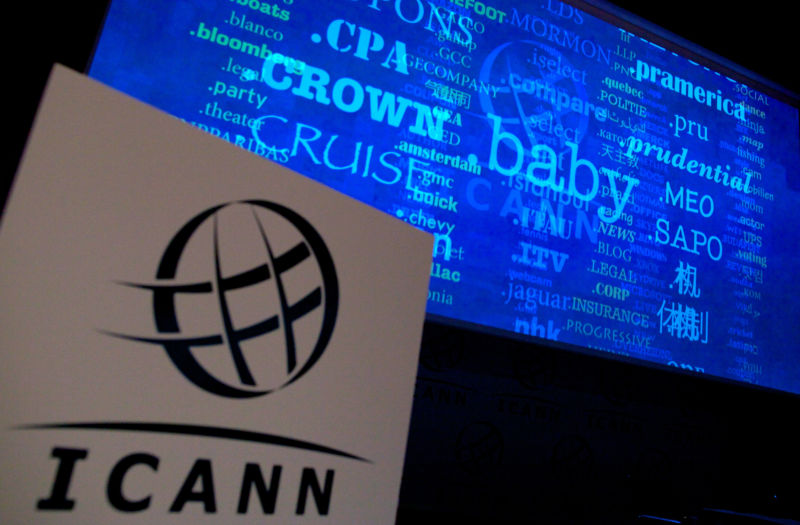
Earlier this year, ICANN sought public comment on a new contract for the Public Interest Registry, the non-profit organization that administers the .org top-level domain. The results were stark.
More than 3,200 individuals and organizations submitted comments to the Internet Corporation for Assigned Names and Numbers, and most of them focused on a proposal to remove a cap on the price customers could be charged for .org domains.
The existing contract, signed in 2013, banned the Public Interest Registry from charging more than $8.25 per domain. It allowed annual price increases of no more than 10 percent. Registrars can add their own fees on top of this base amount, but competition among registrars helps keep those added fees down.
According to one tally, 3,252 comments supported keeping the price cap. Another 57 comments didn't express an opinion on this issue one way or the other. Only six supported higher prices. Of those, one was filed by a former executive at Verisign, a for-profit company that administers the .com domain that might want to raise its own prices in the future. Another was from a lobbying organization that counts Verisign as a member. A third appeared to be voicing support only sarcastically.
To sum up, fewer than 0.07 percent of commenters thought it would be a good idea to remove the price cap on .org domains, while more than 98 percent opposed the change.
But on Sunday, as the old contract was about to expire, ICANN approved a new contract without a price cap.
Why?
Why did the organization do it? ICANN is trying to standardize its contracts with domain registries. Over the last few years, ICANN has approved new contracts for a wide variety of new gTLDs. Many of these are run by for-profit companies, and their contracts don't limit the prices they can charge. ICANN would like to standardize all of its contracts, and that means modifying the .org contract to more closely match those for domain names like .pizza and .ninja.
But critics say the .org domain is different. It has existed for longer than ICANN itself, and .org domains have been an important part of non-profits' identities for many years. Non-profit organizations have always assumed that they would be able to use their .org domains indefinitely while paying only nominal fees.
To be fair, Public Interest Registry says it "has no specific plans for any price changes" for the .org domain. "Should there be a need for a sensible price increase at some point in the future, we will provide advanced notice to the public."
But until now, non-profit organizations had the added security of an ICANN prohibition on big price increases. Now that protection is gone.
The larger worry is about other domains—particularly the .com domain. In 2016, ICANN renewed Verisign's lucrative .com contract until 2024, so no major changes are imminent. But when the time comes to renew that deal, it's easy to imagine Verisign pointing to the .org precedent as an argument for dropping the price restrictions on its own contract. Verisign's current contract capped prices at $7.85 until 2018, after which prices could only be raised in unusual circumstances—and never by more than 7 percent per year.
reader comments
42